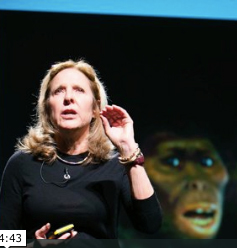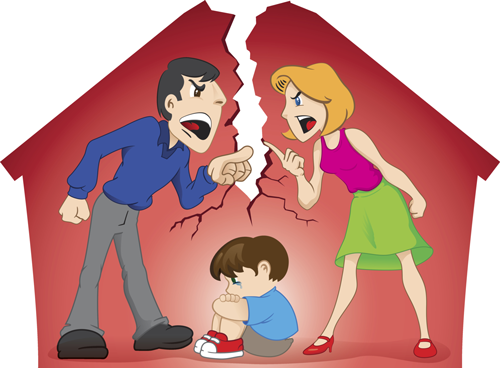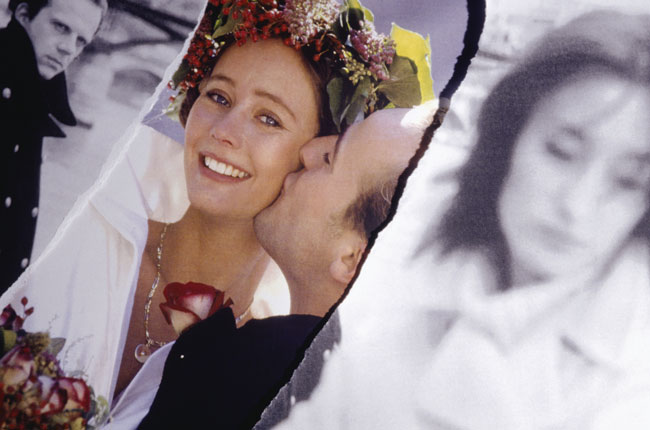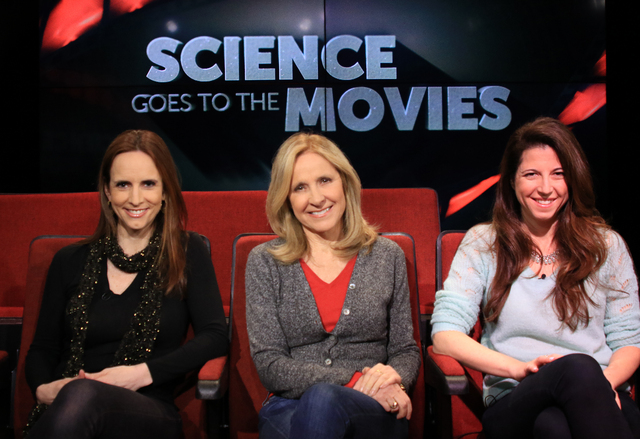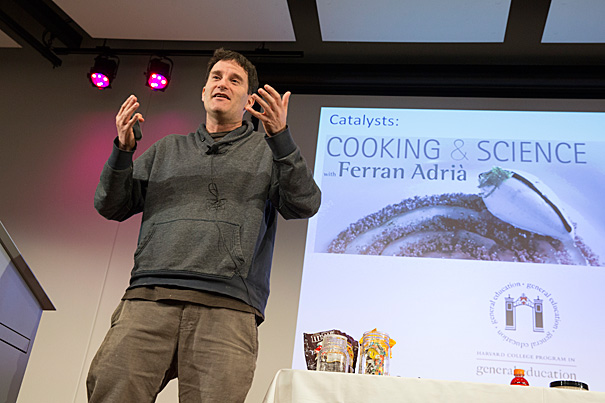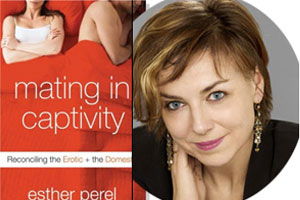The Definition of Love
Love is arguably the most powerful emotion, driving mothers to superhuman feats of strength to save their children, and teenagers to defy all logic and reason in order to be together. But it is also one of the most difficult emotions to explain. What it means to love someone has been debated by philosophers, poets, and scientists throughout the ages. At its essence, however, love can be broken down into three main components.
1. Love Is a Feeling
Romantic love begins with attraction, that indescribable feeling in the pit of your stomach that makes you want to be with someone. If the attraction is solely physical in nature, however, it is lust rather than love. In true love, you genuinely enjoy the other person’s company. You miss him when he is not around. You think about her frequently, and look forward to your next meeting. You might be wildly different in many ways, but you have shared core values and beliefs about the world that make you compatible.
Another important component of the feeling associated with love is freedom. You take pride in each other’s accomplishments and are not threatened by each other’s success. Neither of you is jealous or clingy. You have faith in your love and its power to see you through the difficult times, and you feel confident and empowered rather than weak and afraid.
2. Love Is an Action
No matter how compatible you are, you and your loved one will have times of strife. Financial difficulties, job concerns, parenting issues, and many other problems will test your love again and again. Loving someone means making the tough choice to act in a loving manner, even when you are tired and overwhelmed. Making each other’s needs a priority and working together to accomplish shared goals are hallmarks of true love, especially when the going gets tough.
Love is made up of a constant stream of choices and actions. No matter how long you are together, you must always make the decision to actively show your love. A worthwhile partner will do the same for you. Never stop demonstrating your love through concrete actions that support your partner.
3. Love Is an Attachment
Attachment develops over time. Any new relationship is a heady mix of attraction and excitement about new possibilities, blended with more than a little fear and trepidation. You must navigate new waters, negotiate the terms and conditions of the relationship, and figure out exactly how to proceed together. Only once you have moved through the early stages and become truly comfortable with each other can the attachment phase begin. Once started, however, this is the phase that can last a lifetime.
When you are attached, you are comfortable with each other. You understand each other’s routines and habits, and have found a way to live with the things that make you uncomfortable. You know that you are both on the same page as far as the direction and timing of the relationship, and you truly trust each other to be there long-term.
Crisis Points
Relationships generally run into trouble at two main points. The first crisis window is at the end of the honeymoon stage, before attachment truly sets in. After the endorphins wear off and couples get used to each other, they begin to see each other as whole people complete with flaws. They miss the rush that they got from each other in the early days, and begin to wonder if they could do better.
The second major crisis window comes much further into the relationship, long after the attachment phase has begun. This crisis point is sometimes triggered by a major life change, such as having children or taking on responsibility for one or both partners’ aging parents, but can be the result of individual growth and development. At this point, partners sometimes feel that they have grown apart. They wonder whether they still have anything in common, and they wonder whether they can still support each other’s changing hopes and dreams.
Saving Relationships
If you are questioning your relationship, it is important to note that not all relationships were meant to last. Some can be viewed as growth experiences for both partners, and are best brought to their natural conclusion. Even if it is true love, it might not always conquer all.
To give your love the best chance for success, however, always remember to make loving choices. Every relationship hits bumps along the way, and actively working together is the best way to get through them. Trust yourself and your partner, and seek outside help if needed.
Looking for verifiable information on the science of attraction and relationships? We’re a neuroscientist and a biological anthropologist eager to help you put the Anatomy of Love to work in your own life.
NEXT























